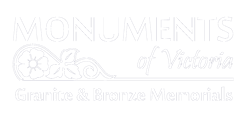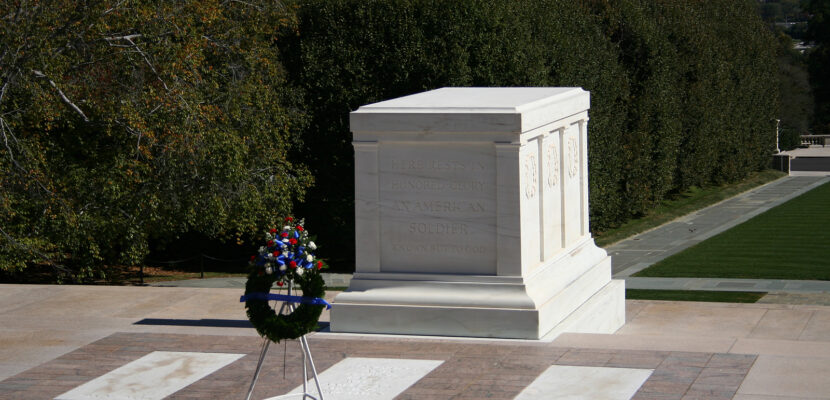From Ancient Times to the Modern Era: A Brief Overview of Monument-Making
Monuments have been a significant part of human history for thousands of years, serving as symbols of power, remembrance, and cultural identity. The earliest monuments were created by ancient civilizations as a way to commemorate their gods, rulers, and victories in battle. These structures were often massive, made of stone or other durable materials, and designed to withstand the test of time. One of the most well-known ancient monuments is the Great Pyramids of Giza in Egypt, built around 2560 BCE as a tomb for the pharaoh Khufu.
The Significance of Monuments in Ancient Civilizations
Monument-making continued to evolve throughout the centuries, with each era bringing its unique styles and techniques. In Europe during the Middle Ages, churches and cathedrals served as important monuments, with their towering spires and intricate carvings serving as symbols of religious devotion and political power. Many of these structures were adorned with statues, stained glass windows, and other decorative elements, further emphasizing their significance.
The Renaissance and the Celebration of the Human Form
During the Renaissance, monument-making became more focused on individual achievement and the celebration of the human form. Famous sculptures such as Michelangelo’s David and Rodin’s The Thinker exemplified this trend, with their emphasis on realistic human anatomy and emotion. This era also saw the rise of public monuments, such as statues and memorials honoring great thinkers, artists, and political figures.
Monuments in the Modern Era: Abstract, Personal, and Introspective
In the modern era, monument-making has become more diverse and inclusive, reflecting the changing social and political landscape. The 20th century saw the rise of abstract and conceptual monuments, such as the Vietnam Veterans Memorial in Washington D.C., which features a simple black granite wall etched with the names of over 58,000 fallen soldiers. This minimalist design was a departure from the more traditional monuments of the past, reflecting a shift towards more personal and introspective forms of commemoration.
The Role of Monuments in Shaping Collective Memory
Today, monument-making continues to be an important cultural practice, serving as a way to remember our past and honor those who came before us. Monuments can take many forms, from grand structures like the Eiffel Tower to small gravestones in cemeteries. They can be created from a wide range of materials, such as stone, metal, and glass, and can be designed to evoke a wide range of emotions and meanings.
Monuments also play an important role in shaping our collective memory. They serve as tangible reminders of historical events and figures, helping to preserve our cultural heritage for future generations. Monuments also have the power to inspire us, to remind us of our shared humanity and the values that bind us together as a society.
Creating Monuments with Sensitivity and Respect
In addition to serving as symbols of remembrance and cultural identity, monuments also have the potential to cause controversy and stir up emotions. As we continue to create new monuments, we must strive to do so with sensitivity and respect, honoring the past while also looking toward the future. We must also ensure that monuments are inclusive and reflective of our diverse society, creating spaces that allow for dialogue and reflection rather than divisiveness.
Conclusion
In conclusion, monument-making is an important cultural practice with a rich history and ongoing significance. From the ancient pyramids of Egypt to the abstract memorials of today, monuments have served as symbols of power, remembrance, and cultural identity. As we continue to create new monuments, we must strive to do so with sensitivity and respect.


Leave a Comment